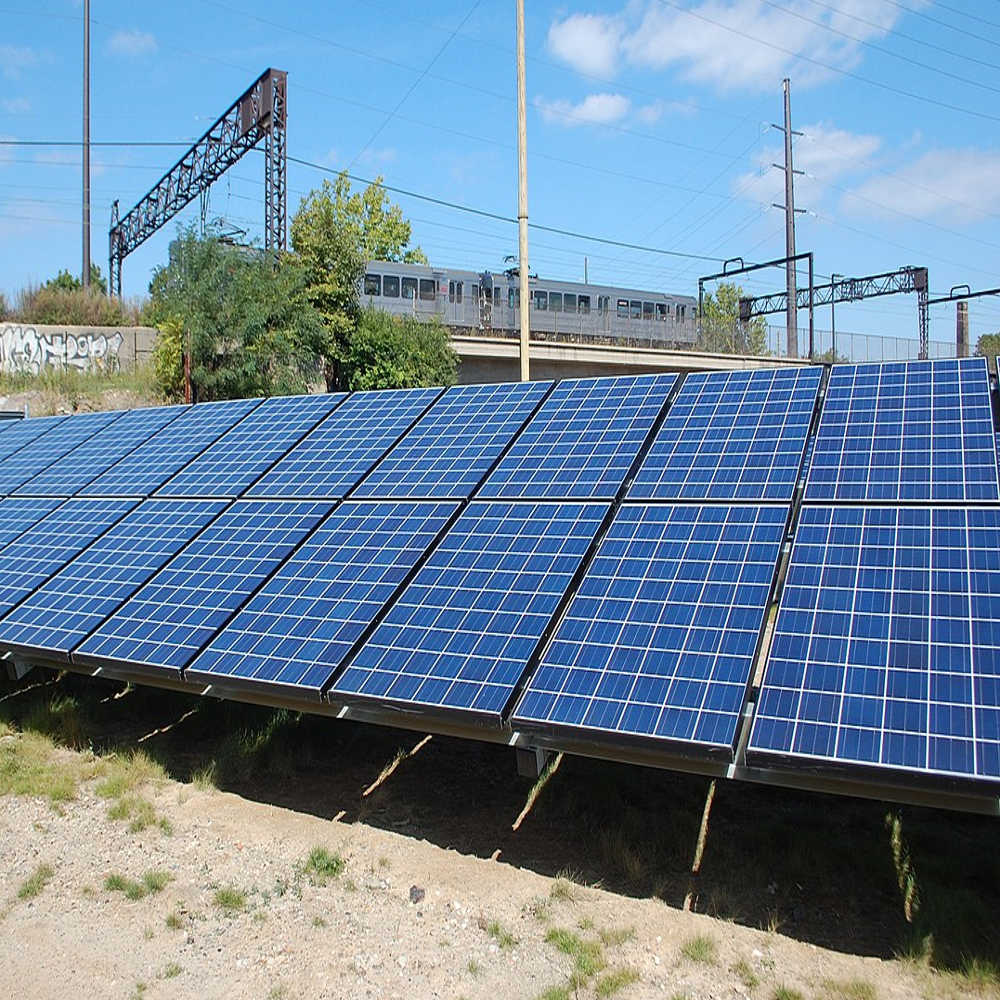Liability exemptions seek to reduce uncertainty, and fears of potential financial liability for renewable energy developers allowing for expedited siting on contaminated sites across the United States.
Investments in the U.S. renewable energy market are expected to hit $114 billion by 2031, according to a recent report from Wood Mackenzie. This indicates a 78% increase from $64 billion in total investments at year end 2021, and is attributed to the decarbonization momentum being spurred by the landmark Inflation Reduction Act. Such rapid expansion, however, will inevitably lead to issues related to siting.
One attractive solution to this is siting renewables on brownfield sites, which are current or formerly contaminated sites. This includes landfills, former power plants, and mine sites, among other locations. Lawyers for the Legal Pathways to Deep Carbonization Model Law Project are aiming to make this easier. The group recently published a new model law to provide liability exemption for renewable energy developers under the Comprehensive Environmental Response, Compensation, and Liability Act (CERCLA).
CERCLA, commonly known as a Superfund, authorizes the federal government to assess and clean up properties contaminated with hazardous waste, with hefty fines for liable polluters. The model law would provide a “statutory exemption for wind and solar energy developers” in line with current protections, and “removes the need for EPA enforcement discretion as to imposition of CERCLA liability.” Also, it would limit CERCLA liability by transferring wind and solar brownfield site authority to state response authorities. However, an exception to the EPA’s role would be retained where it is warranted by regulation, “such as sites posing a threat to the sole-source drinking water aquifer or a sensitive ecosystem.”
These changes would build upon the EPA RE-Powering Initiative which encourages renewable energy development on brownfields. The EPA estimates that there are approximately 13,000 potential brownfield sites with over 22 million acres nationwide. A report from the RE-Powering Initiative in October tracked 502 renewable energy projects on brownfields across the country, amounting to 2.4GW installed, with 93% of those installations being from solar. Surprisingly, 26% of those installations are based in Massachusetts as the result of state financial incentives coupled with a streamlined permitting process.
An example brownfield solar development is the 50 MW Sunnyside Solar Project that’s being developed south of Houston, with 2 MW from the project designated for community solar. Located on a former landfill, that had been abandoned for 50 years, the development is expected to become the nation’s largest urban brownfield solar farm. The 240-acre plot will provide enough electricity to power up to 10,000 homes or take an estimated 120 million pounds of carbon out of the atmosphere annually. A part of the agreement between the city and Sunnyside Energy, Sunnyside will provide power discounts to low-income residents in the neighborhood and will train 175 residents through local colleges and employ more than 100 local workers to construct the project.
